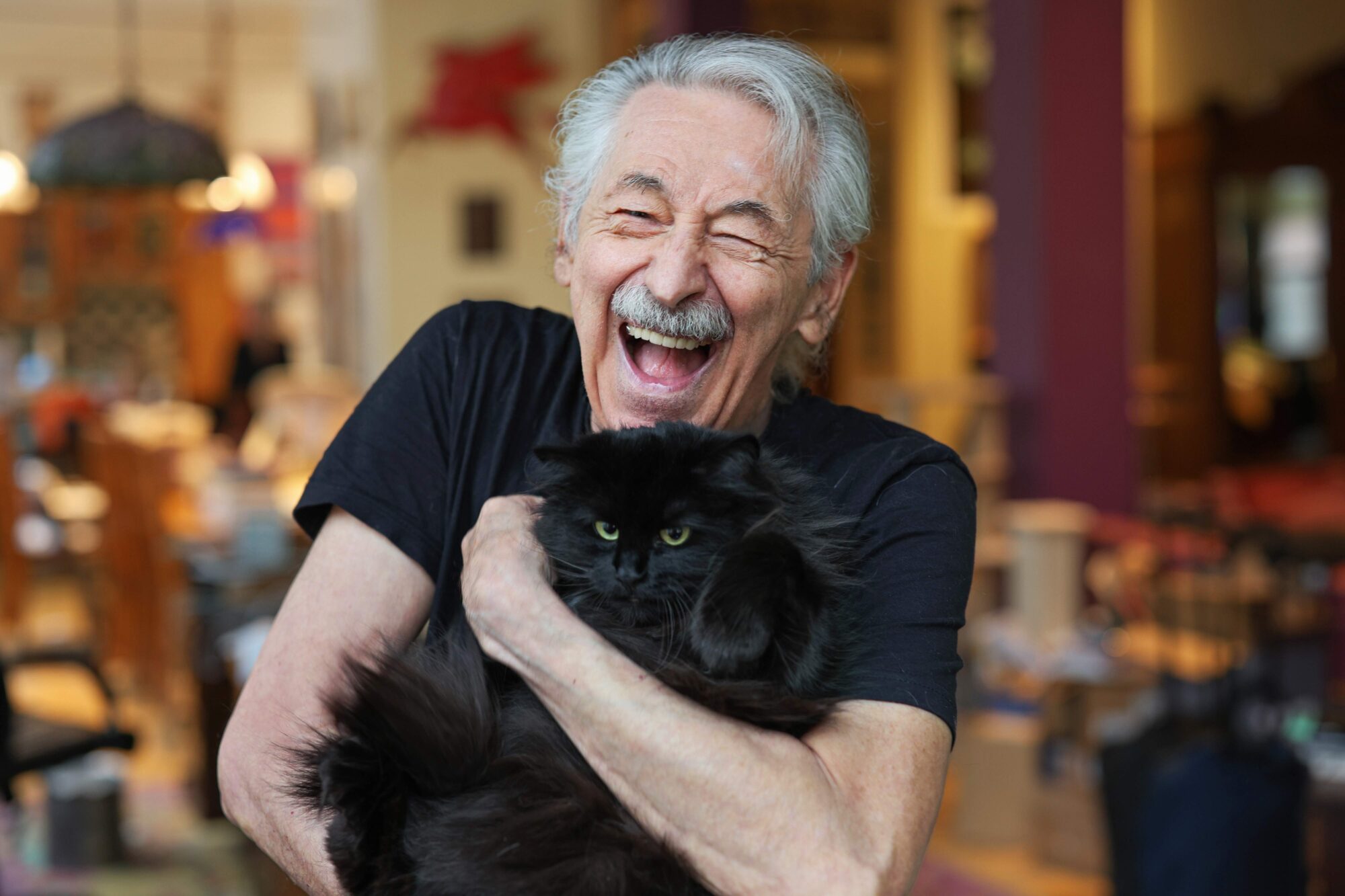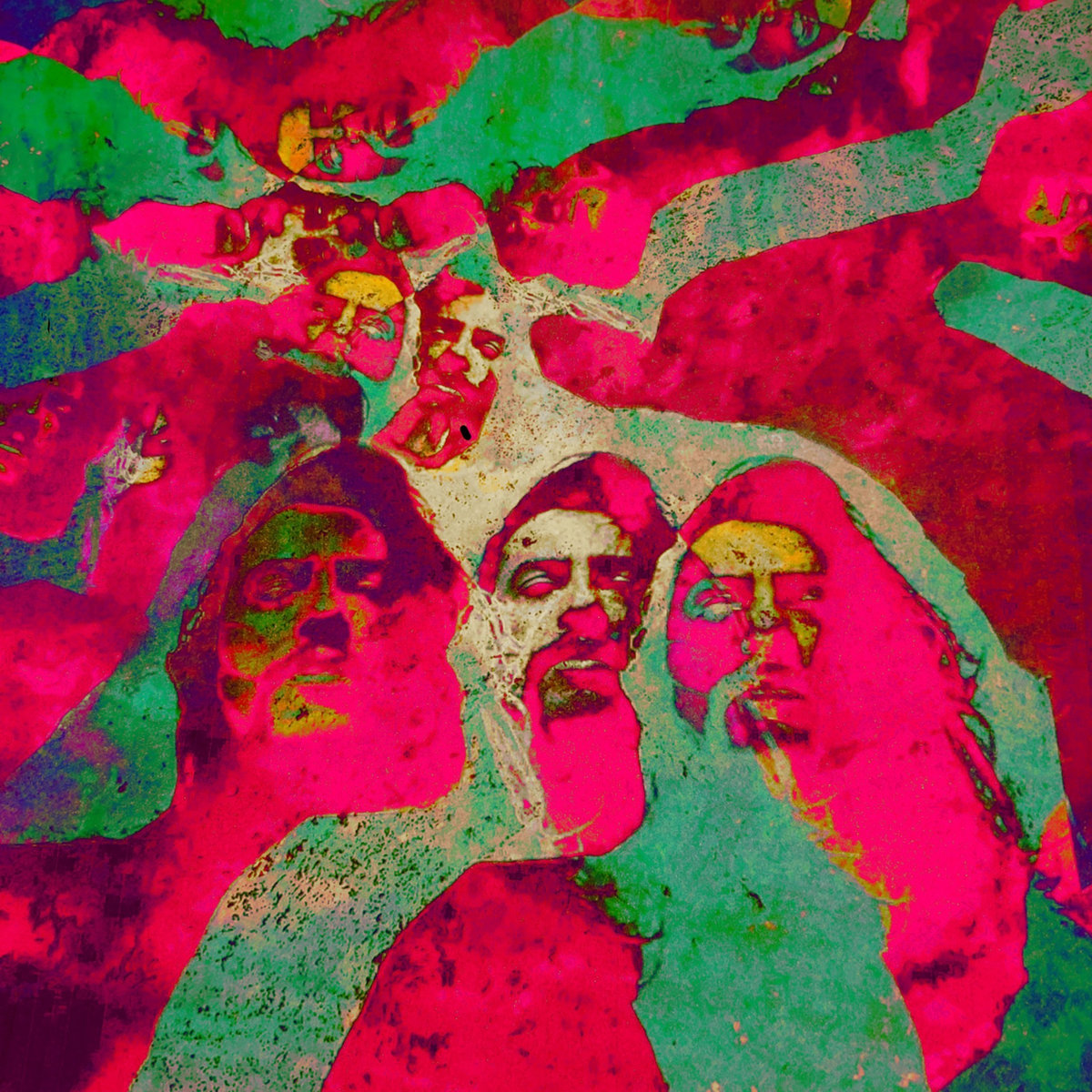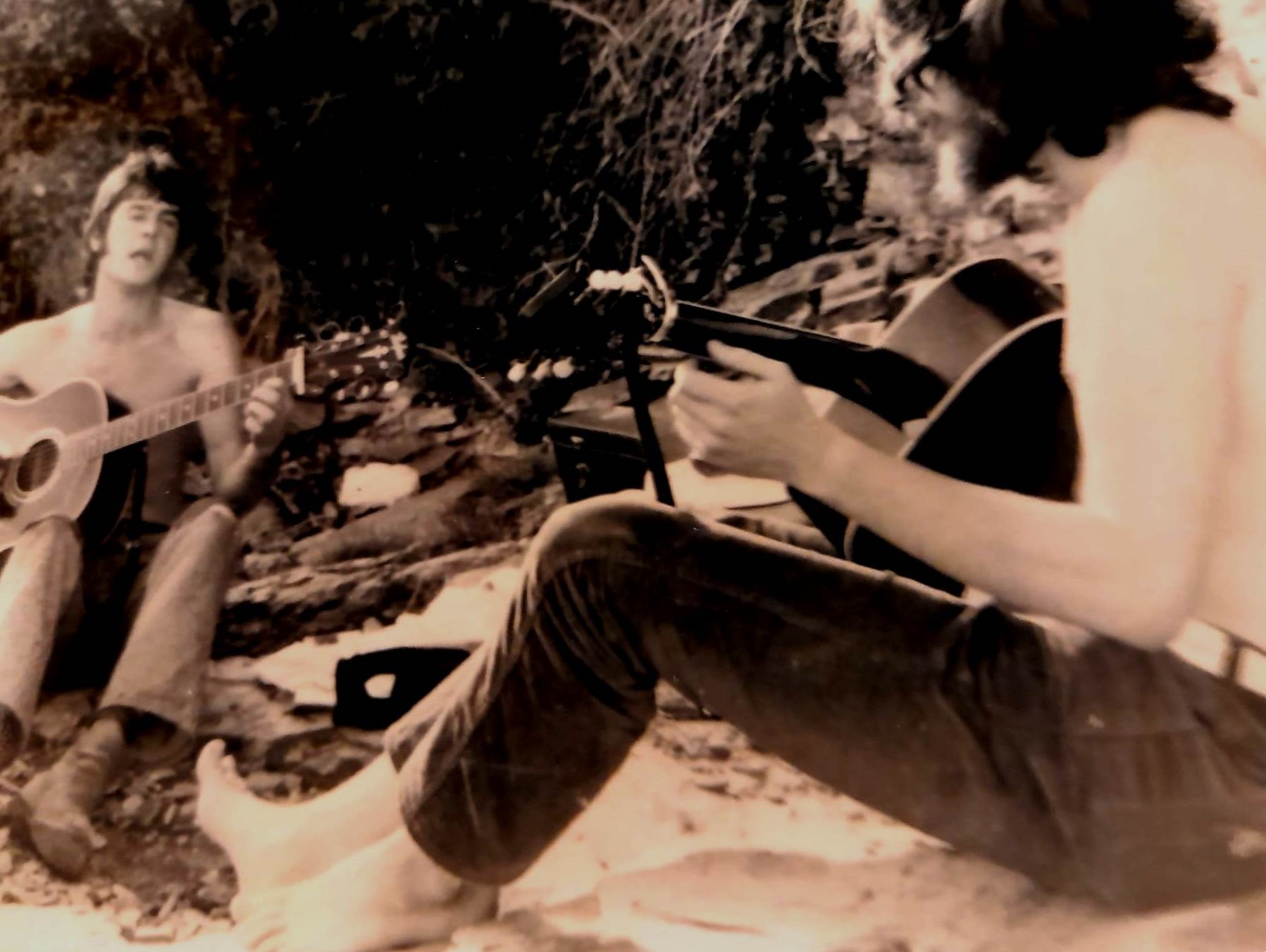Gryphon | Interview
A legendary British band that’s as exhilarating now as it was when they last toured in the seventies. ‘Get Out Of My Father’s Car!’ is their brand new 2020 album.
“Nothing like Gryphon existed at the time”
Where and when did you grow up? Was music a big part of your family life?
Dave Oberlé: I was born in Farnborough, Kent in the U.K. in 1953. At the age of 4 my family moved to Singapore (my Father worked for BOAC, now British Airways, and was stationed there for 5 years). I returned to the U.K. at the age of 9 rather startled to see snow for the first time! Music was a big part of my life as my Mother played piano and the Radio was always on in the house. She played numerous styles of music and so I heard many diverse styles, from classical to the contemporary music of the time.
When did you begin playing music? What was your first instrument? Who were your major influences?
I began playing drums around the age of 12 when my parents bought me a snare drum. It was all downhill from there! At that time my main musical influence was my Sister who was 9 years older than me. She would play her records in her bedroom and I loved to sit with her listening to Rock and Roll even though my Dad would often shout upstairs to “turn that rubbish down”. As time went on, I listened to many of the chart bands of the time like The Searchers, The Animals, The Kinks, The Who, The Stones, Cream and of course The Beatles. I also listened to a lot of Classical and Folk Music.
What bands were you with prior to the formation of Gryphon?
I was in a band called Juggernaut, which also included Gryphon’s first Bass Player, Phil Nestor. Although the name might make you think it was a heavy Rock band it was in fact an early Prog rock band. I was also playing around Surrey in a couple of pub bands at the time as well.
“Archaic folk music”
Can you elaborate on the formation of Gryphon?
The band was Spawned at the Royal College of Music in London around 1970. Richard [Harvey], who’d been playing music since the age of four, crossed paths with Brian [Gulland]. Richard had a growing interest in traditional folk music and had previously played with an ensemble called Musica Reservata, while Brian had started delving into Renaissance and medieval church music. Together with guitarist Graeme Taylor, an old friend of Richard’s from school, they began working as a trio, playing a brand of what might best be called archaic folk music on instruments that were decidedly pre-20th century in origin and sound. This trio became a quartet when I joined in 1971 as percussionist and vocalist.
When and where did Gryphon play their first gig? Do you remember the first song the band played? How was the band accepted by the audience?
We believe our first gig was at “The Upstairs Coal Hole” in Wimbledon, South London, probably late 1971. I would think (it is rather a long time ago) that the first piece we played was ‘Kemps Jig’ which appeared on the first Gryphon album. Back then it became the first number at most gigs and since we reformed, we have started with it on numerous occasions. In those early days our audiences were pretty bemused by what they heard. Nothing like Gryphon existed at the time but most people loved what they heard. We would always get received well and always got an encore. As many of the gigs were in folk clubs some of the more traditional folkies didn’t really get it but as time went on and the band’s profile increased, we became more acceptable.
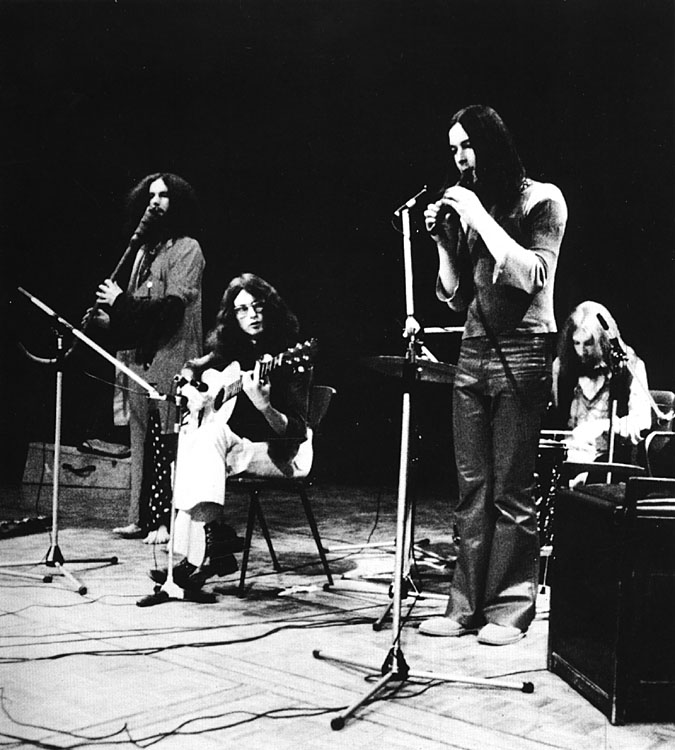
What sort of venues did Gryphon play early on? Where were they located?
Most of the venues we played were Folk Clubs although in the early days we would play in restaurants and bars. Anywhere that would have us. To start with it was mainly in and around London but as time went on, we travelled the length and breadth of the country.
“The Gryphon was a hybrid, as was the band.”
How did you decide to use the name “Gryphon”?
All the band were huge fans of Lewis Carrol’s ‘Alice’ books. The Gryphon was a hybrid, as was the band. A huge mix of many musical influences. The Gryphon was King of Land and Air and guardian of Gold (not that we saw much of that!) so it just seemed to fit.
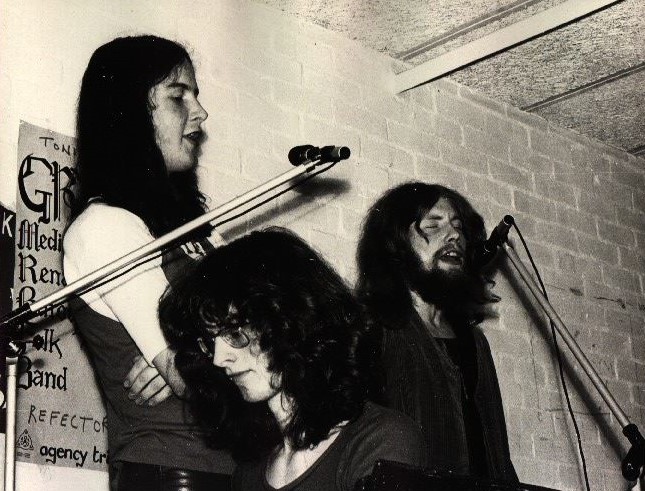
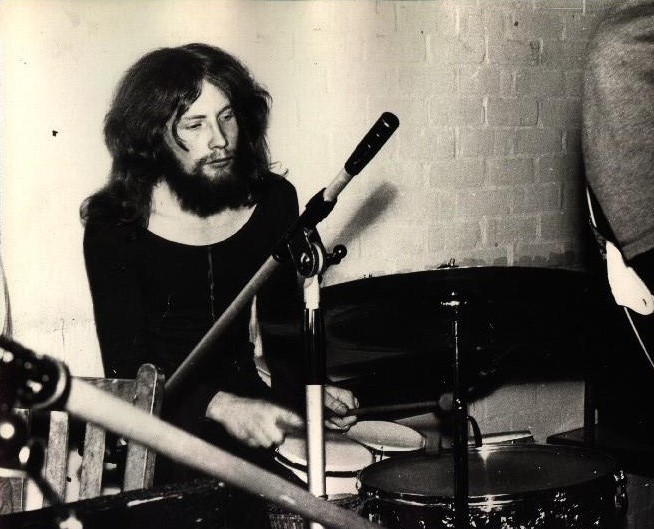
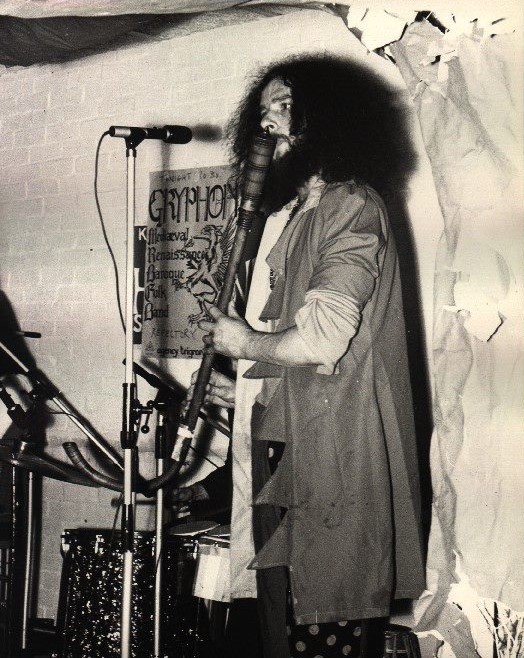
“We had and still have no musical boundaries”
What influenced the band’s sound?
How long have you got? As mentioned before, we all came from so many different directions musically. From Mediaeval and Renaissance to Rock, Jazz, Classical and Folk. We had and still have no musical boundaries and this is why we still manage to produce a different version of the band with each new album.
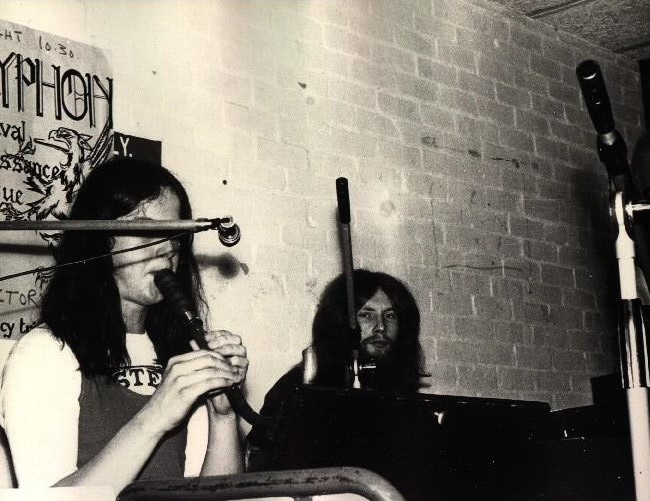
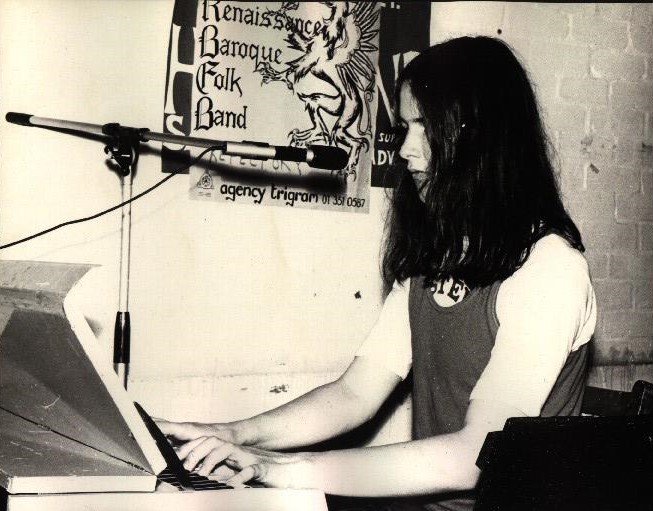
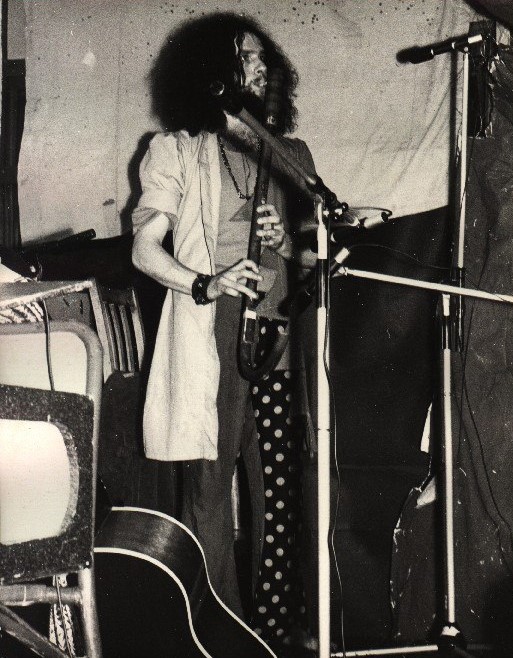
Did the size of audiences increase following the release of your debut?
After the release of the first album ‘Gryphon’ we started to get more gigs. The album charted at number 17 in the U.K. album charts but disappeared again shortly afterwards. However, this was enough to get us noticed and we began to do more Radio and the odd TV appearance. We were still playing mostly in Folk clubs at this time with the odd small festival thrown in.
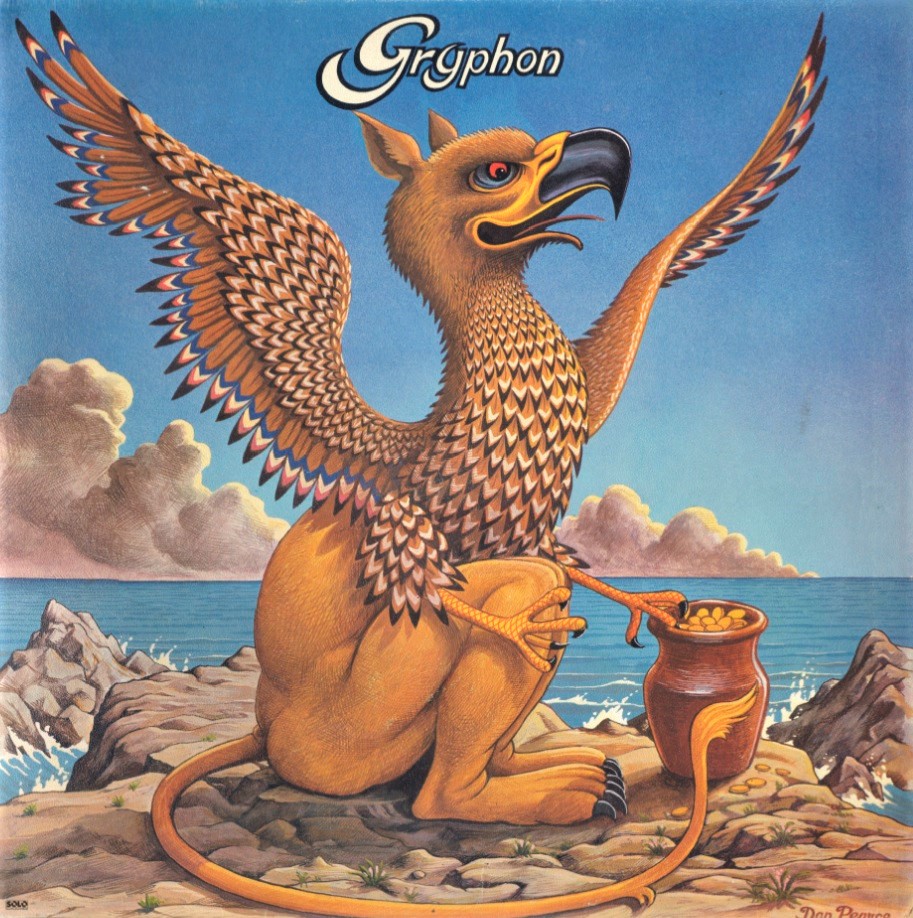
How did you get signed to Transatlantic Records?
We were seen at a gig by Lawrence Aston who was A&R at Transatlantic Records. The company was established in 1961, primarily as an importer of American folk, blues and jazz records by many of the artists who influenced the burgeoning British folk and blues boom. Within a few years, the company had started recording British artists. The company’s philosophy was intentionally eclectic. We were asked to go in and meet Nat Joseph who was the M.D. and driving force behind the label. The rest, as they say, is history.
What’s the story behind your debut album? Where did you record it? What kind of equipment did you use and who was the producer? How many hours did you spend in the studio?
Having been gigging for a while, we already had enough material for an album. When we landed the Transatlantic contract, we were pretty much ready to go. The first album was recorded at Adam Skeaping’s attic Studio in Barnes with assistance from Nick Glennie Smith. It was recorded on 4 x reel to reel tape machine which most of the time were synced up by hand! The control room was on the ground floor and the studio was at the top of the house in the attic. It meant a lot of running up and down the stairs in-between takes to hear what you had done. The band produced the album themselves with help from both Adam and Nick. I don’t recall exactly how long it took to record but certainly a few weeks.
Please share your recollections of the sessions. What were the influences and inspirations for the songs recorded?
As it was our first excursion into the studio it was all rather exciting. We discovered we could overdub tracks and do numerous other things which was fine until we reached the point later down the line where we found we couldn’t reproduce the album version live, as we didn’t have enough hands! The influences for the tracks came from a myriad of places but for the songs, Graeme and Brian used a book called ‘Marrow Bones’ which was a collection of English folk songs. They would take the lyrics and re write the music. We quite often Gryphonised folk songs to fit out instrumentation. There were also pieces like ‘Kemps Jig’ and ‘Pastime With Good Company’ which had been around since Henry the Eight’s time as well as our first self-composed piece ‘Juniper Suite’.
How about ‘Midnight Mushrumps’ and your most well-known release ‘Red Queen to Gryphon Three’?
‘Midnight Mushrumps’ was a totally new direction for the band. Recorded at Chipping Norton studios in Oxfordshire. A far more classically based offering. Its centrepiece is the 18-minute title track conceived by the Richard. Around the time of the album, Martin Lewis (our publicist at Transatlantic) arranged for the band to be commissioned to write and record music for stage production of Shakespeare’s ‘The Tempest’ at the National Theatre in London, directed by Sir Peter Hall. It opened at The Old Vic in April 1974, the same month as the album’s release. The band’s music for the play inspired the direction of ‘Midnight Mushrumps’ named after a phrase mentioned in the play. Following the successful premiere of the play and acclaim for its music, Martin arranged for Gryphon to perform at The Old Vic in July 1974, the first and only concert to date at this venue by any Rock band.
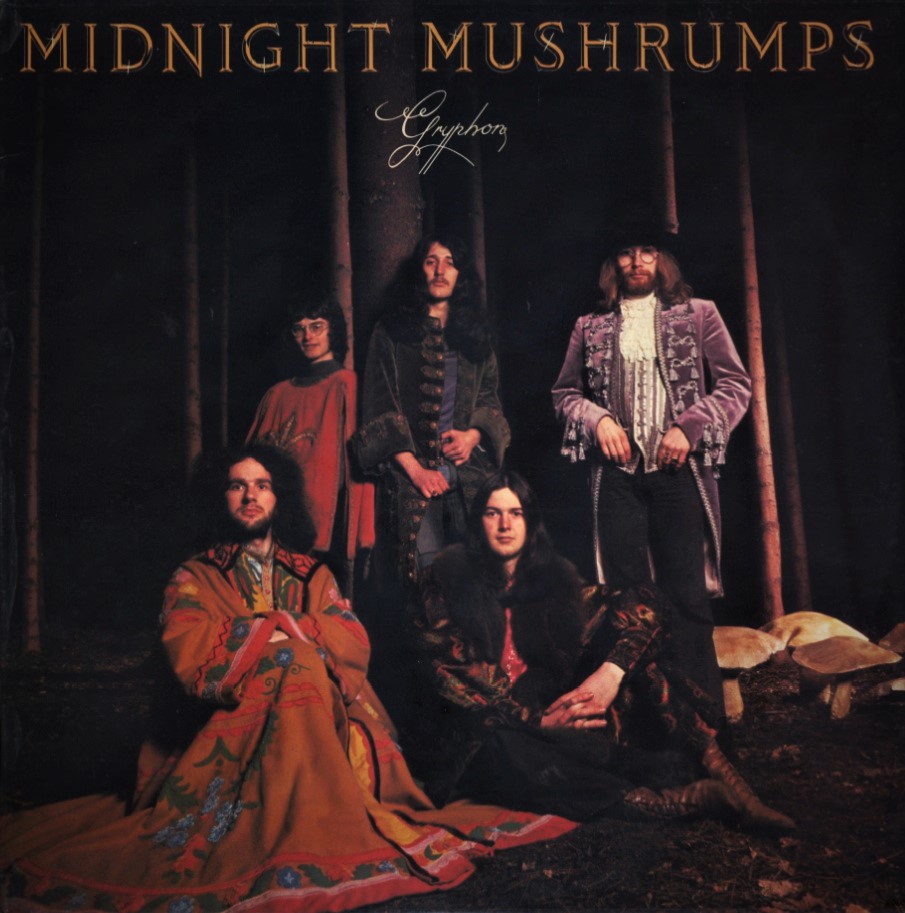
Shortly after this (with some help from Rick Wakeman who had been a friend of the band at the Royal college of Music) we signed a management deal with World Wide artists which was run by Brain Lane. Brian looked after “Yes” and Rick as well as Roger Dean (the artist who did all of the Yes album covers) and a few other assorted smaller acts. Later in 1974, we released ‘Red Queen to Gryphon Three’, which really marked our plunge into progressive rock. For the first time in our history we had no vocals on the album and produced a quartet of extended instrumental tracks based very loosely around a game of chess, each clocking in at ten minutes or more. ‘Red Queen to Gryphon Three’ became our first album to get a U.S. release which, alas, was confined to the Arista/Bell Records label (not known as a bastion of progressive or folk-rock). More important was being invited on the 1975 Yes’ stadium tour of North America, and picking up thousands of new fans in the process. We even got one of our live performances broadcast on National FM radio’s “The King Biscuit Flower Hour” which was heard by a huge audience across the United States. We got to know the Yes set so well during this time that on a few occasions we would join them for their encore.
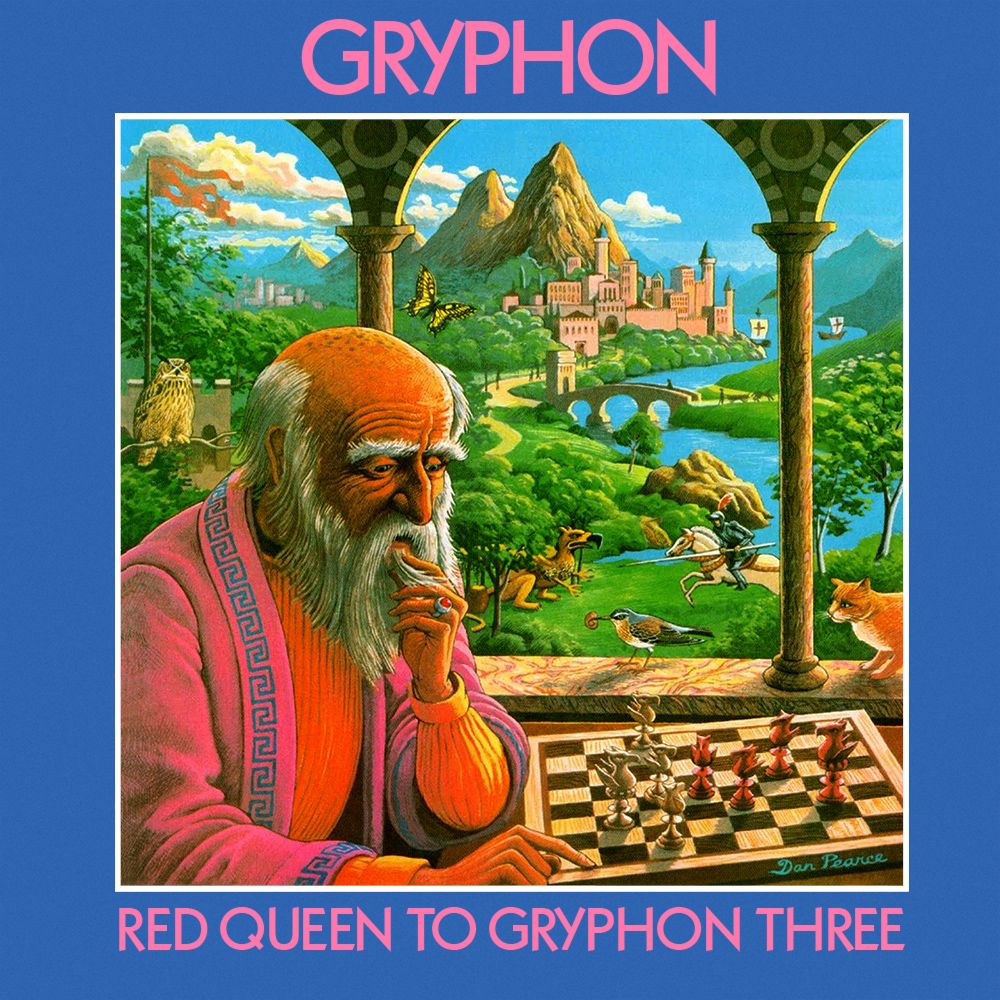
‘Raindance’ and ‘Treason’ followed and your sound changed quite a bit.
‘Raindance’
What should have been our breakthrough album, proved to be more of a footnote to the history of the original band. We were under pressure to produce an album which would not only sell here but Worldwide. It was recorded at The Sawmills studio in Fowey in Cornwall during a very hot Summer. A number of tracks we recorded were dumped by Transatlantic and we were suddenly told to finish the album with three days’ notice. We were devastated. Graeme had had enough by this time and was the first to leave (replaced by Bob Foster). Malcolm Bennett replaced Philip Nestor for a short time (before Jonathan Davie took over the bassist spot), and Alex Baird came in on drums. Raindance restored the vocals and allowed us to return to more of a song-oriented output, apart from Richard’s piece ‘(Ein Klein) Heldenleben’ but it was not considered nearly as inventive as earlier LPs, and was our last album for two years, amid the beginning of these personnel changes.
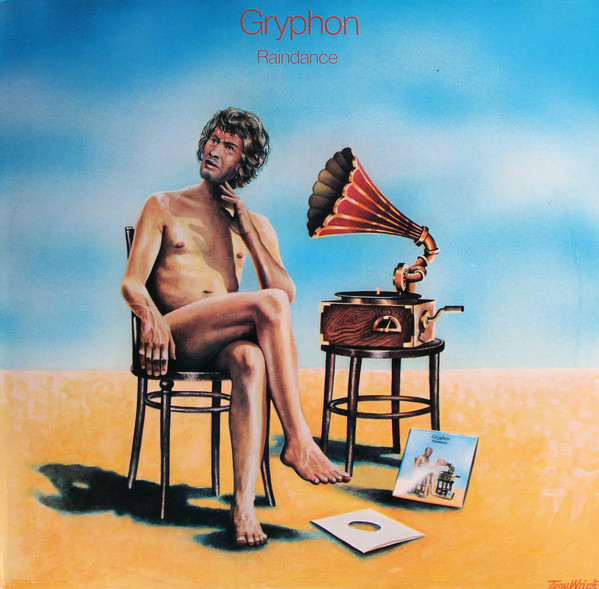
‘Treason’
By the time ‘Treason’ appeared, recorded at The Manor and Abbey Road Studios, we had left Transatlantic in favour of EMI/Harvest Records, and we had lost most of the folk and antique instrument attributes that had made us distinctive in the first place. Again, there was pressure to make something more commercial and although the material was definitely Gryphon, the album disappeared beneath the waves. It’s release also coincided with the rise of Punk, which changed the whole face of music and certainly didn’t help our cause.
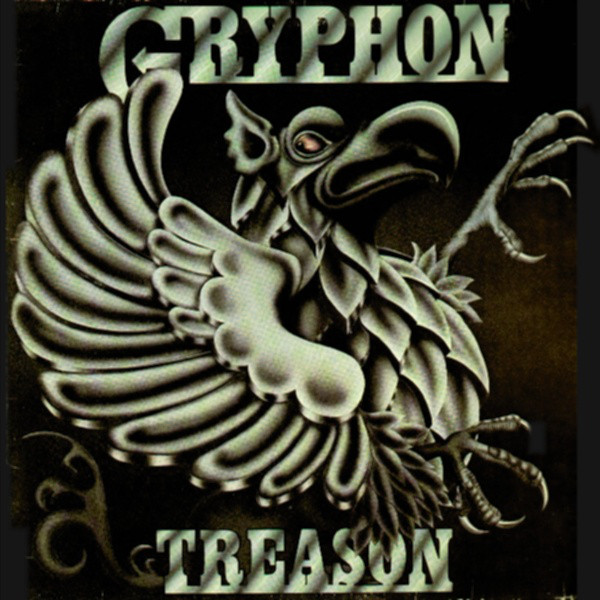
What can you tell me about the cover artwork for both albums?
We had very little say with the cover designs for both albums. We hated ‘Raindance’ as it just seemed to be completely random. A bloke sitting on a chair in a dessert listening to a wind-up gramophone. ‘Treason’ was slightly better as at least it had the Gryphon on the front. The title just about summed up how we felt about the way we had been treated. Our artistic integrity felt like it had been betrayed.
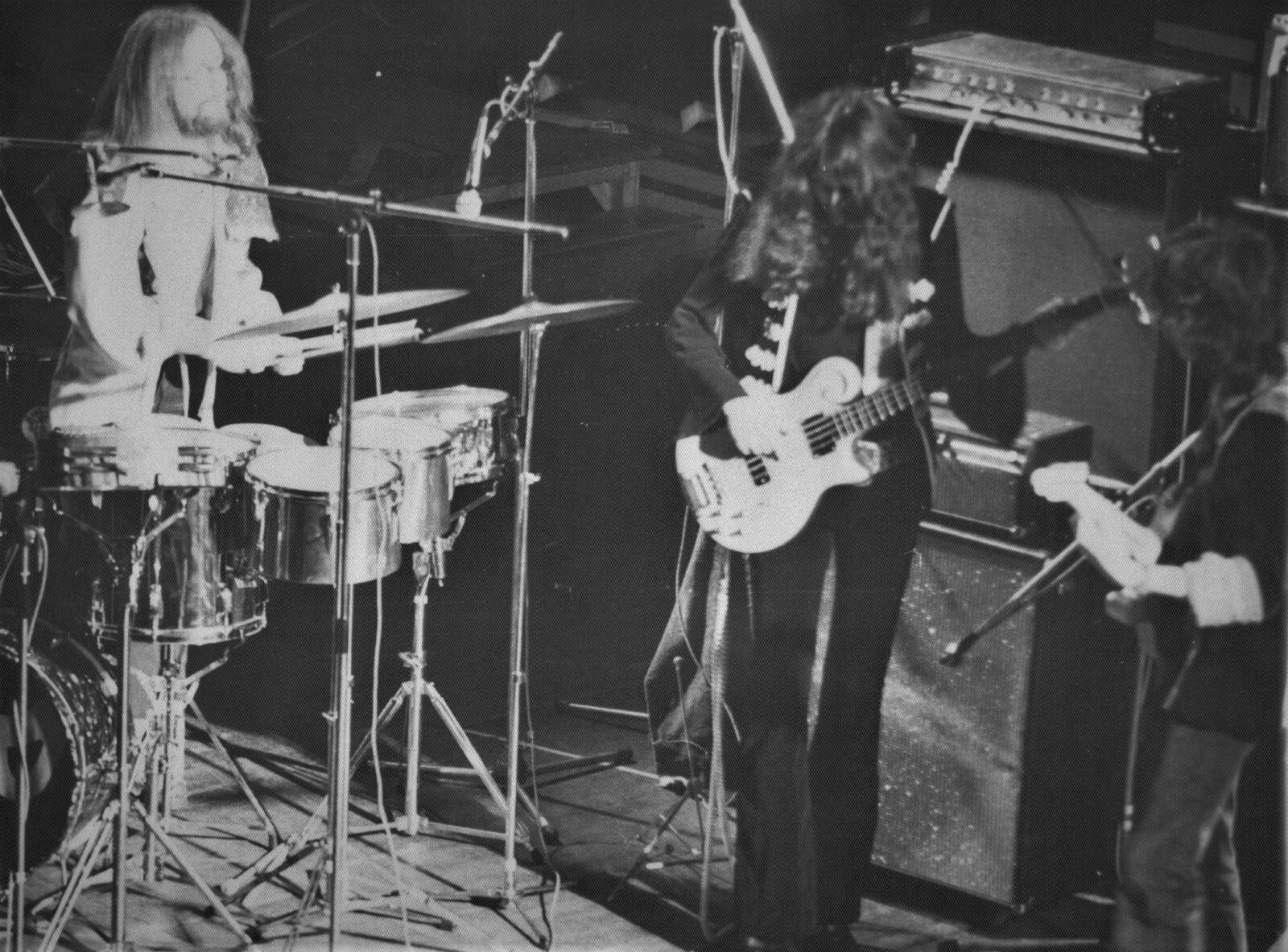
Was there a certain concept behind the albums?
Not really. ‘Raindance’ was full of much shorter tracks and even had a cover of The Beatles ‘Mother Natures Son’. We had a stab at a couple of “Commercial” pieces but we were not a chart band. ‘Treason’ held together better as an album and by that time we had a lyricist, Tim Sebastian. However, it didn’t really work and shortly after the albums release the band went their separate ways.
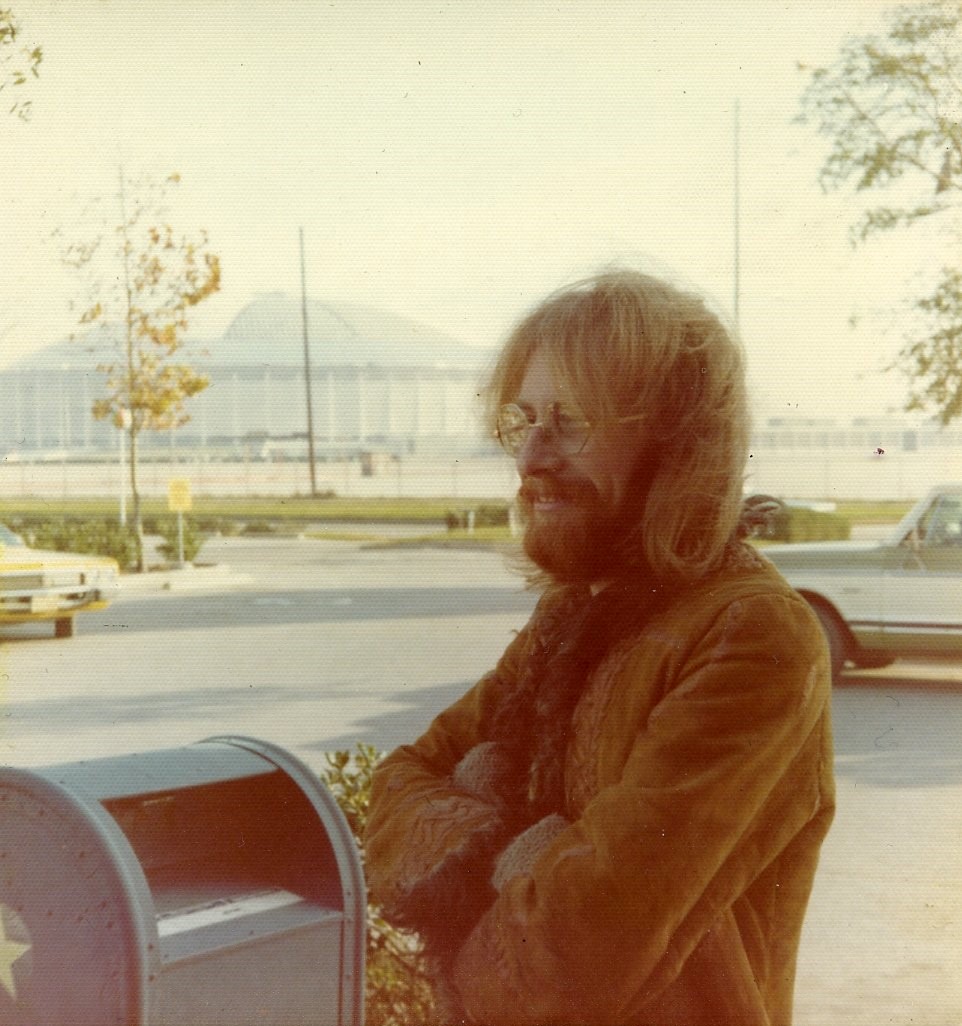
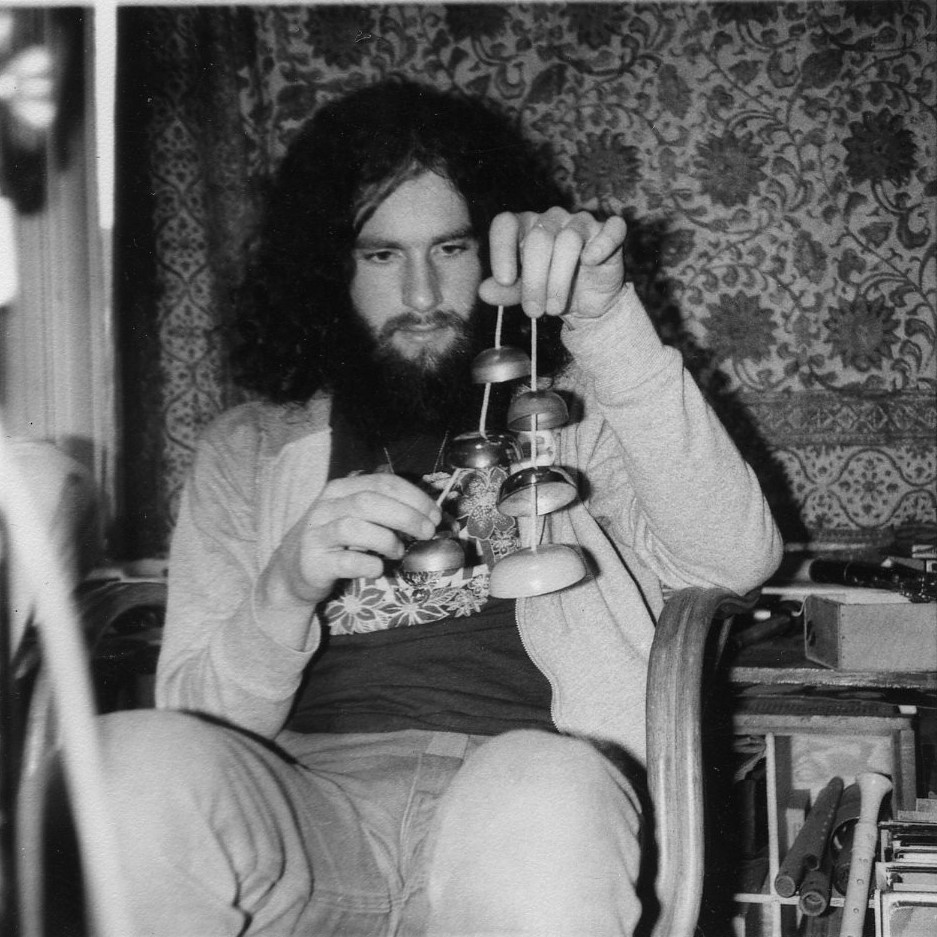
Is there any unreleased material by Gryphon?
No. Over the years we have managed to release everything the band recorded. The 4 tracks which were cut from the ‘Raindance’ album appeared on ‘The Collection 2’ album and a track written as the opening music for the Peter Neal documentary film Glastonbury Fayre (1972) called ‘Glastonbury Carol’ was released by Hux Records (2003) on the album of the same name, which also included live BBC Radio sessions from 1972 and 1974.
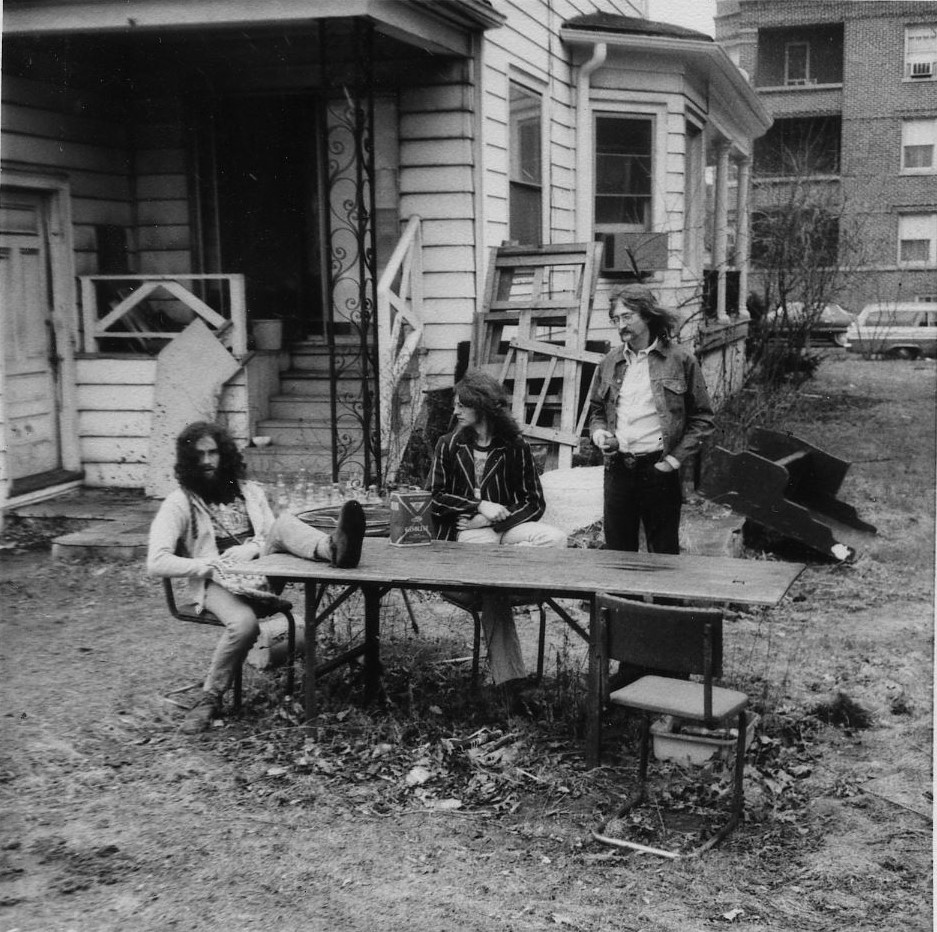
In 2018 you released ‘ReInvention’. What’s the story behind it?
When we finally got back together for our reunion gig at the Queen Elizabeth Hall in 2009, we had already started to think about a new album. However, due to the band members many commitments and then Richard leaving in 2016, nothing really progressed seriously until late 2016 early 2017. We had no idea if our fans would even be interested in a new album after a 40-year gap but material had been written and we had enough for an album.
‘ReInvention’ returned us in part to our early connection with Lewis Carroll’s ‘Alice’ books, in which we found our name. Graeme set the White Knight’s song ‘A-Sitting on a Gate’ into an epic 11-minute extravaganza. Brian provided 4 new compositions and Graham Preskett also contributed 4 new compositions, very much in a mid-70s Gryphon style.
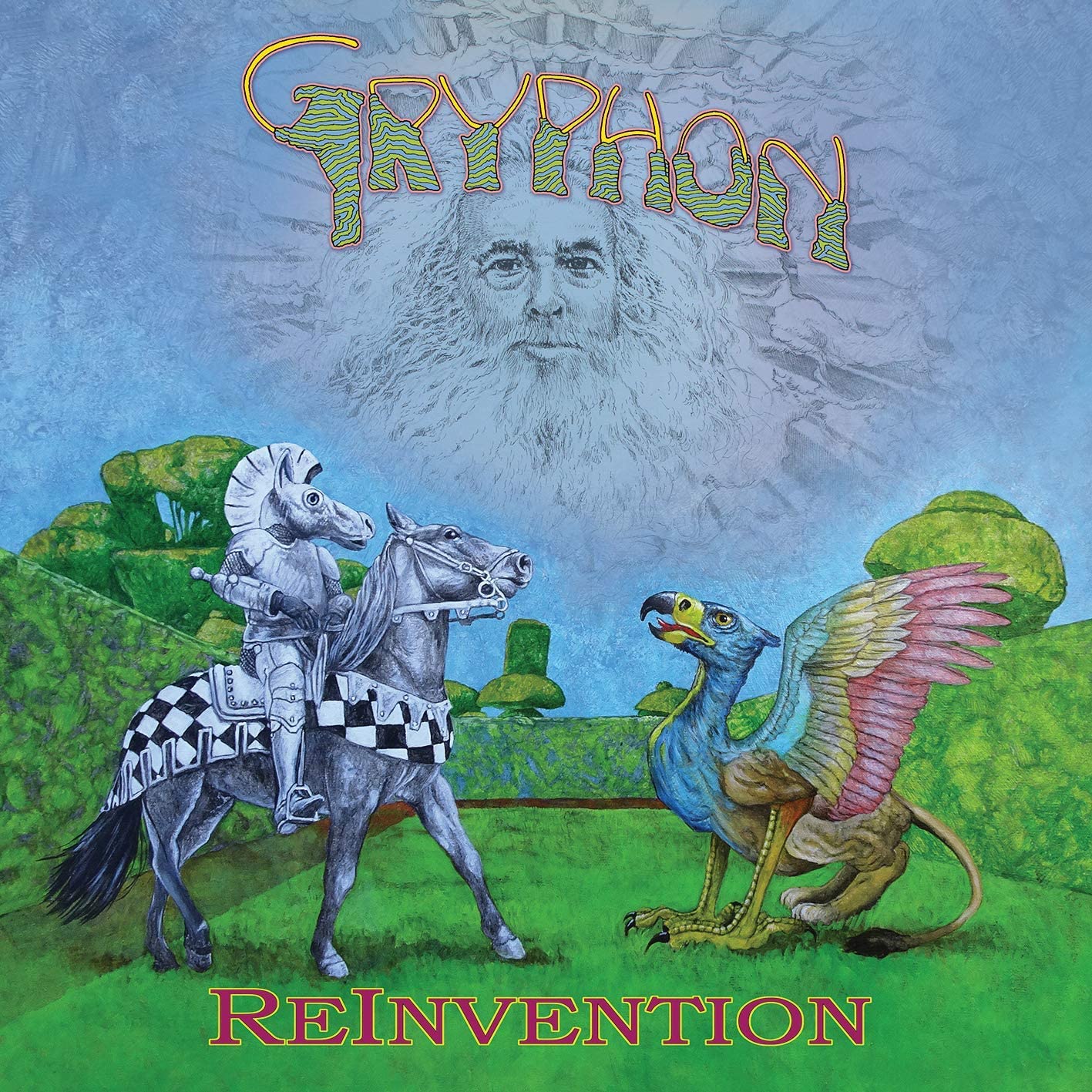
We released it and were completely overwhelmed by the Reaction from the press and our loyal fans. It went so well that we had to repress the CD and sold out of the vinyl version in 3 days.
Would you like to comment on your playing technique? Give us some insights on developing your technique.
Going from being a Rock/Prog Rock drummer, Gryphon presented quite a challenge. There was no way I could use a standard kit with the acoustic instrumentation the band used. I had to adapt a kit which would work in small Folk clubs as well as in the Studio. A floor tom, African talking drum, a gong cymbal, and bongos is where I decided to started. As time went on the kit increased in size as I needed to have a much larger dynamic range to complement the addition of electric instruments (especially electric Bass) now being used by the band. During the ‘Midnight Mushrumps’ and ‘Red Queen’ period I would play standing up and had to develop a technique to be able to play the Bass drum whilst standing on one leg without falling over.
“With each album we have always tried to do something completely different.”
This year you released ‘Get Out of My Father’s Car!’. How would you compare it to ‘ReInvention’? What’s the concept behind it and where did you record it?
We feel that we have Reinvented ourselves yet again. With each album we have always tried to do something completely different. I spoke to someone who is a Gryphon fan a while ago and they said that if you did not know the band and listened to all the albums, you wouldn’t believe it was the same band. We started to write and collate new material about six months after the release of ‘ReInvention’, including some compositions that had been around for some years and not yet been properly used. We tried to include everyone who was keen to write for the new album in fairly equal timings.
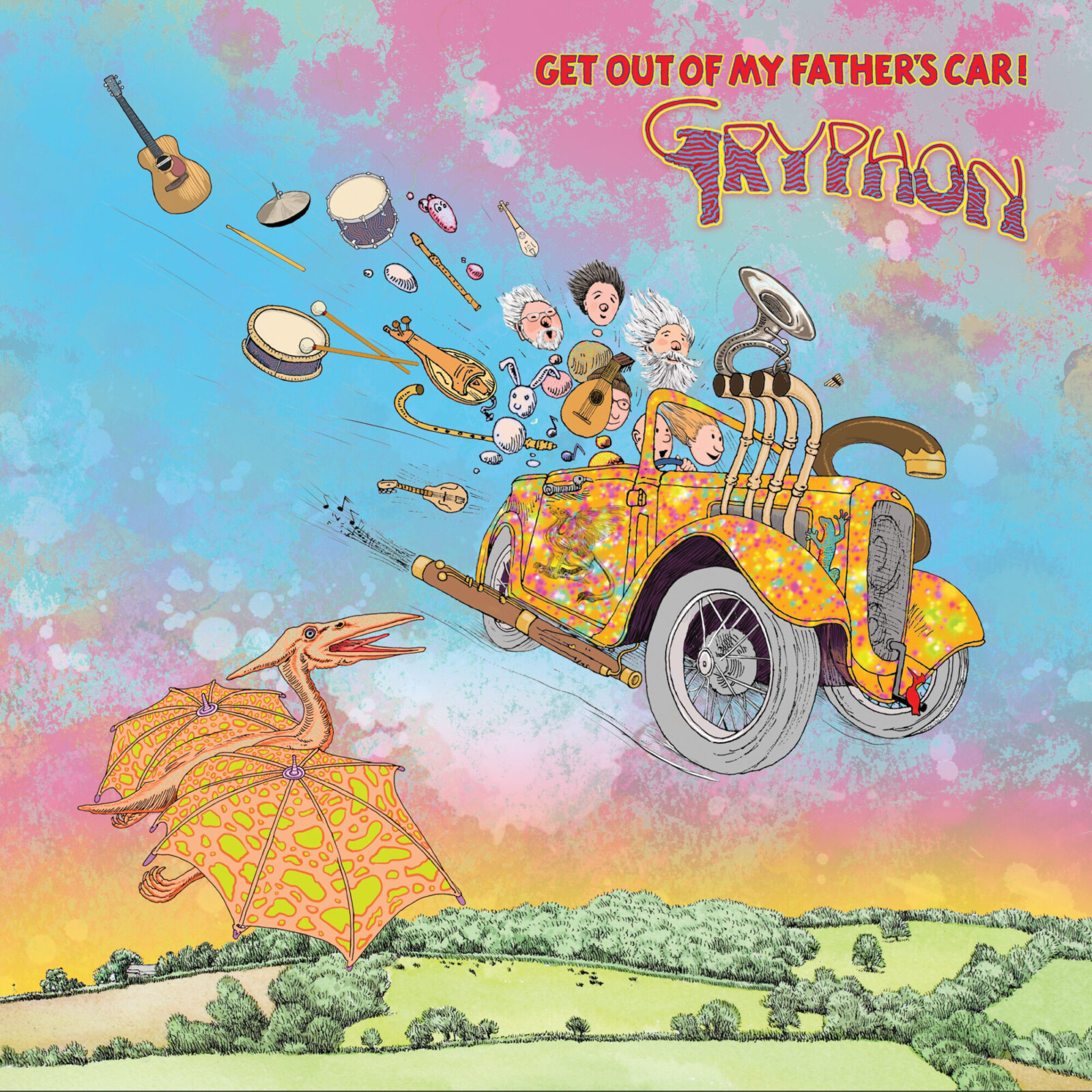
There are a lot more songs/vocal tracks and importantly female vocals on ‘Get Out of My Father’s Car’ but from a more objective point of view I don’t think it’s really forging a very different pathway. The identity of the band is retained and perfectly intact, it just takes the absurdity and humour perhaps a little further. There are some tracks that exhibit a little more tenderness than ‘ReInvention’. The album was recorded, mixed and mastered at Graeme’s Morden Shoals studio.
What are some future plans? How are you coping with the current world situation?
At the moment, rather like everyone we are stuck. Due to the pandemic we cannot gig to promote the album, so it’s not ideal. We have been looking at the idea of a live streamed gig but as yet there are no definite plans. I am worried about how live music can return under the present Worldwide lockdown. There is no point trying to book gigs at the moment as I am not sure that even if we do, the venue will still be there when we can, as so many are not going to survive.
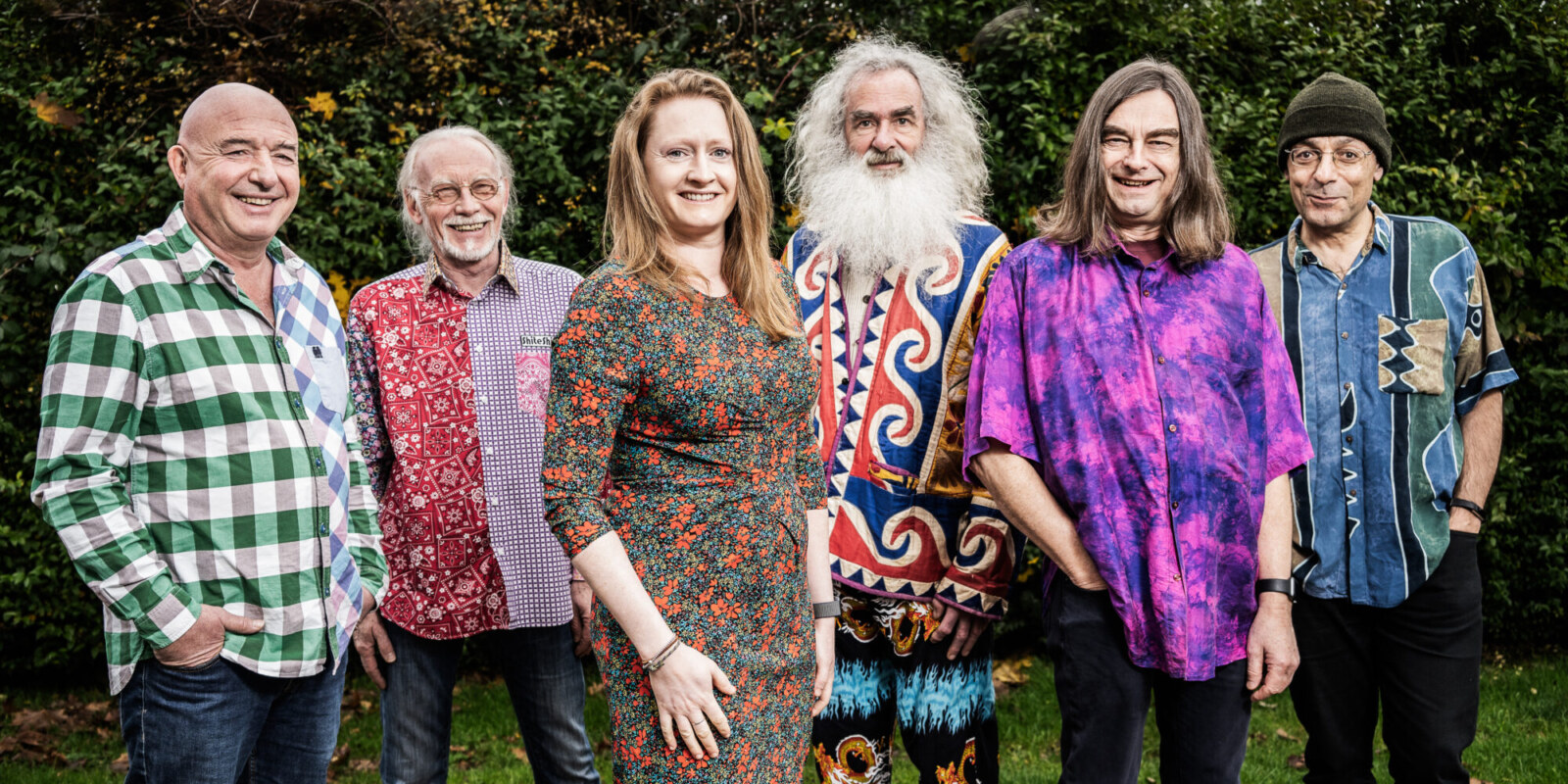
Are any of you involved in any other bands or do you have any active side-projects going on at this point?
Andy Findon is a member of the iconic “folk rock” band The Home Service (along with Rob Levy and Graeme Taylor from Gryphon) and is the longest serving member of The Michael Nyman Band.
A “lockdown” project has been the writing and recording of an album with a new remotely created band, “Transcendance”, along with the Filipino singer Monica Fernandez and Swiss guitarist Eugene Montenero.
He is busy composing and producing library/production music (some in collaboration with Graeme Taylor), having his work widely used currently on various media outlets, as well as keeping active as a session player for well known film and album composers and producers, most recently performing on the new “Bond” movie ‘No Time To Die’ – still awaiting release as I write this.
Andy is also active as a classical flautist, performing recitals, often with the well known pianist/composer Geoff Eales, having released recordings of Geoff’s flute repertoire. He has also recorded iconic “sampling” packages for Spitfire Audio which are used by composers throughout the world, including his own ‘Andy’s Kitbag’ series. Dave Oberlé
‘Get Out Of My Father’s Car!’ by Gryphon is available via Burning Shed website!
Klemen Breznikar
Gryphon Official Website / Facebook / Twitter
All photo materials are copyrighted by their respective copyright owners, and are subject to use for INFORMATIONAL PURPOSES ONLY!

